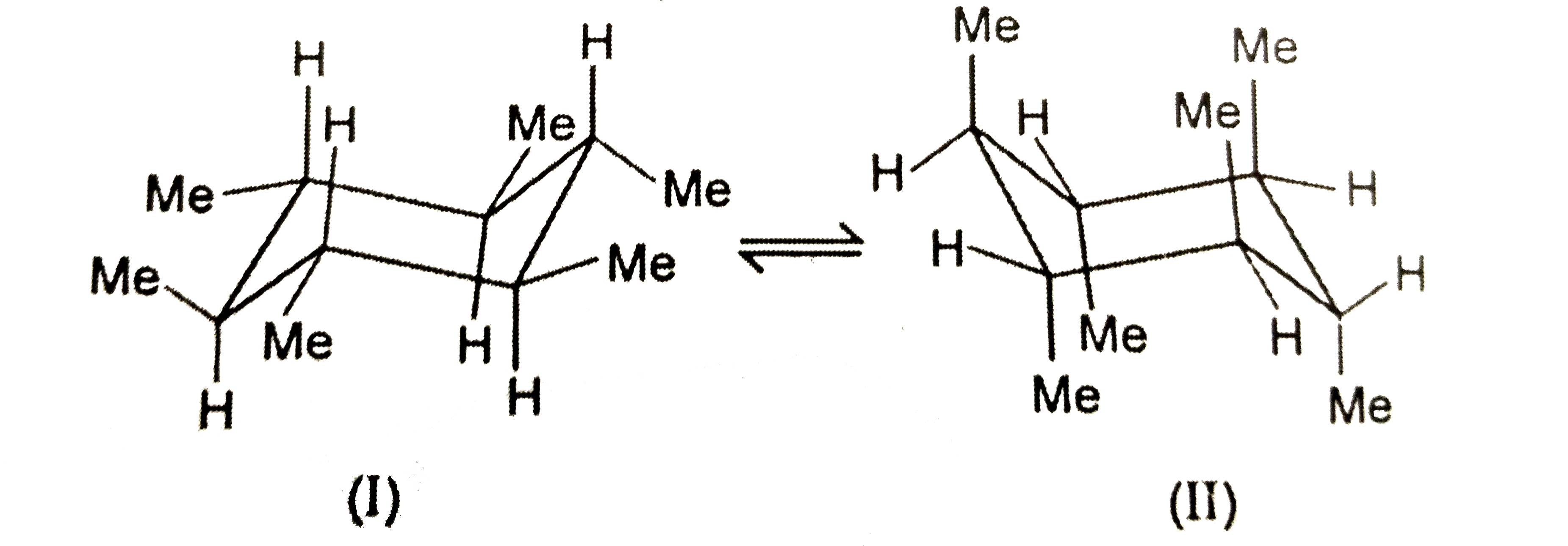Why is a .42He nucleus more stable than a .43Li nucles ?
The strong nuclear force is larger when the neutron to proton ratio is higher
The laws of nuclear physics forbid a nucleus from containing more protons than neutrons
Forces other than the strong nuclear force make the lithium nucleus less stable
None of the above
The correct Answer is:C
To determine why a 42He nucleus is more stable than a 43Li nucleus, we can analyze the neutron-to-proton ratio and the forces acting within the nucleus.
1. Identify the Composition of the Nuclei:
- The 42He nucleus (Helium) has 2 protons and 2 neutrons.
- The 43Li nucleus (Lithium) has 3 protons and 1 neutron.
2. Calculate the Neutron-to-Proton Ratio:
- For Helium: Neutron-to-Proton Ratio = Number of Neutrons / Number of Protons = 2 / 2 = 1.
- For Lithium: Neutron-to-Proton Ratio = Number of Neutrons / Number of Protons = 1 / 3 ≈ 0.33.
3. Analyze Stability Based on Neutron-to-Proton Ratio:
- A neutron-to-proton ratio of 1 (like in Helium) is generally considered stable.
- A lower ratio (like in Lithium) suggests instability, as there are not enough neutrons to effectively counterbalance the electrostatic repulsion between the protons.
4. Consider the Strong Nuclear Force:
- The strong nuclear force binds protons and neutrons together in the nucleus. It is more effective when there are more neutrons present to help bind the protons.
- In Helium, the strong nuclear force is sufficient to overcome the repulsion between the 2 protons.
- In Lithium, the presence of 3 protons increases the electrostatic repulsion, which is not adequately countered by the single neutron.
5. Electrostatic Repulsion:
- In Helium, with only 2 protons, there is less electrostatic repulsion compared to Lithium, which has 3 protons.
- The increased repulsion in Lithium contributes to its instability.
6. Conclusion:
- The 42He nucleus is more stable than the 43Li nucleus due to a favorable neutron-to-proton ratio and a lower level of electrostatic repulsion.
Final Answer:
The 42He nucleus is more stable than the 43Li nucleus because it has a neutron-to-proton ratio of 1, which is ideal for stability, while Lithium has a lower ratio of approximately 0.33, leading to greater instability due to increased electrostatic repulsion among protons.
- The 42He nucleus (Helium) has 2 protons and 2 neutrons.
- The 43Li nucleus (Lithium) has 3 protons and 1 neutron.
- For Helium: Neutron-to-Proton Ratio = Number of Neutrons / Number of Protons = 2 / 2 = 1.
- For Lithium: Neutron-to-Proton Ratio = Number of Neutrons / Number of Protons = 1 / 3 ≈ 0.33.
- A neutron-to-proton ratio of 1 (like in Helium) is generally considered stable.
- A lower ratio (like in Lithium) suggests instability, as there are not enough neutrons to effectively counterbalance the electrostatic repulsion between the protons.
- The strong nuclear force binds protons and neutrons together in the nucleus. It is more effective when there are more neutrons present to help bind the protons.
- In Helium, the strong nuclear force is sufficient to overcome the repulsion between the 2 protons.
- In Lithium, the presence of 3 protons increases the electrostatic repulsion, which is not adequately countered by the single neutron.
- In Helium, with only 2 protons, there is less electrostatic repulsion compared to Lithium, which has 3 protons.
- The increased repulsion in Lithium contributes to its instability.
- The 42He nucleus is more stable than the 43Li nucleus due to a favorable neutron-to-proton ratio and a lower level of electrostatic repulsion.
The 42He nucleus is more stable than the 43Li nucleus because it has a neutron-to-proton ratio of 1, which is ideal for stability, while Lithium has a lower ratio of approximately 0.33, leading to greater instability due to increased electrostatic repulsion among protons.
Similar Questions
The compound unstabel nucleus .23692U often decays in accordance with the following reaction
.23692U→.14054Xe+.9438Sr + other particles
During the reaction, the uranium nucleus ''fissions'' (splits) into the two smaller nuceli have higher nuclear binding energy per nucleon (although the lighter nuclei have lower total nuclear binding energies, because they contain fewer nucleons).
Inside a nucleus, the nucleons (protons and neutrons)attract each other with a ''strong nuclear'' force. All neutrons exert approxiamtely the same strong nuclear force on each other. This force holds the nuclear are very close together at intranuclear distances.
Why is a .42He nucleus more stable than a .43Li nucleus?
View SolutionAgI−2 complex is more stable than AgF−2, why?
View Solution
Knowledge Check
Which of the following alkenes are more stable than
 A
A B
B C
C D
D
Which one is more stable and why?

View SolutionWhy K3[Fe(CN)6] is more stable than K4[Fe(CN)6]
View SolutionWhy is Pt(IV) more stable than Ni(IV).
View SolutionWhy is 1∘ carbanion more stable than a 2 carbanion ?
View SolutionWhy is europium (II) more stable than cerium (II) ?
View SolutionWhich of the following alkene is more stable than

View SolutionWhy H2 is more stable than H+2 while He+2 is more stable than He2 ?
View Solution
